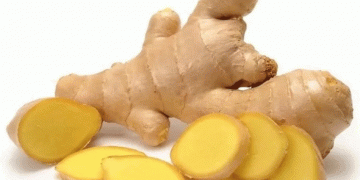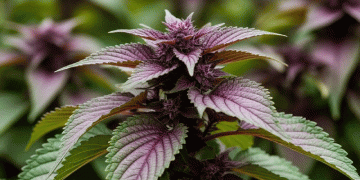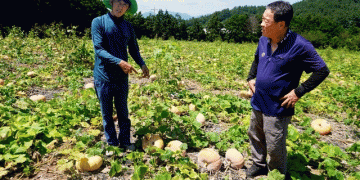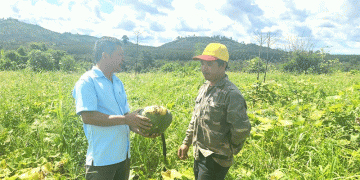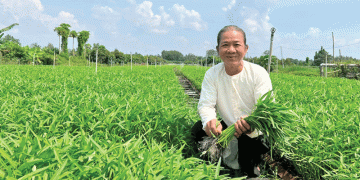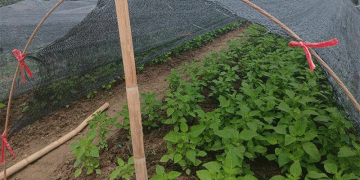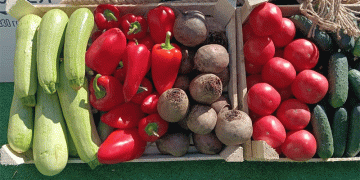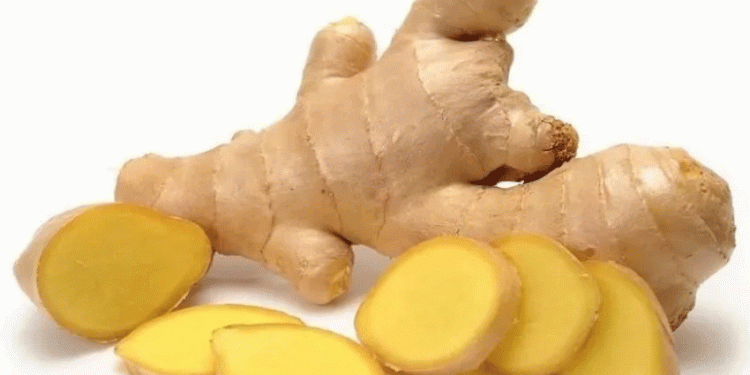Recent data from Agraria.pe reveals a concerning trend in Peru’s ginger exports. In April 2025, the country shipped 1,789 tons of ginger worth 3.07million∗∗,markinga∗∗243.07million∗∗,markinga∗∗241.85 to $1.72, signaling weaker demand or increased competition in key markets.
U.S. Market Weakens, Spain Surges
The United States, which accounts for 71% of Peru’s ginger exports, saw a 16% decrease in volume (1,120 tons) and a 29% drop in value ($2.17 million) year-over-year. The average price per kg fell by 15%, suggesting either oversupply or reduced consumer demand.
In contrast, Spain emerged as the second-largest importer, with purchases skyrocketing by 321% in volume (125 tons) and 310% in value (255,000)∗∗.However,theaveragepricedippedslightlyby∗∗3255,000)∗∗.However,theaveragepricedippedslightlyby∗∗32.10 to $2.04 per kg, indicating competitive pricing strategies.
European Markets Show Mixed Trends
The Netherlands, traditionally a major buyer, drastically reduced imports—down 79% in volume (129 tons) and 76% in value (242,000)∗∗.Despitethis,the∗∗averagepriceroseby17242,000)∗∗.Despitethis,the∗∗averagepriceroseby171.61 to $1.88 per kg), possibly due to higher-quality shipments or tighter supply.
What’s Behind the Decline?
Several factors could explain this downturn:
- Global oversupply from competing producers like China and India.
- Logistical or phytosanitary challenges affecting Peruvian exports.
- Shifting consumer preferences in key markets.
- Economic pressures, such as inflation, reducing demand for non-essential imports.
Peru’s ginger exports are at a crossroads, with the U.S. market weakening while Spain shows unexpected growth. Farmers and exporters must diversify markets, improve quality, and negotiate better trade terms to stabilize prices. Monitoring global trends and adapting to changing demand will be crucial for recovery in 2025.
